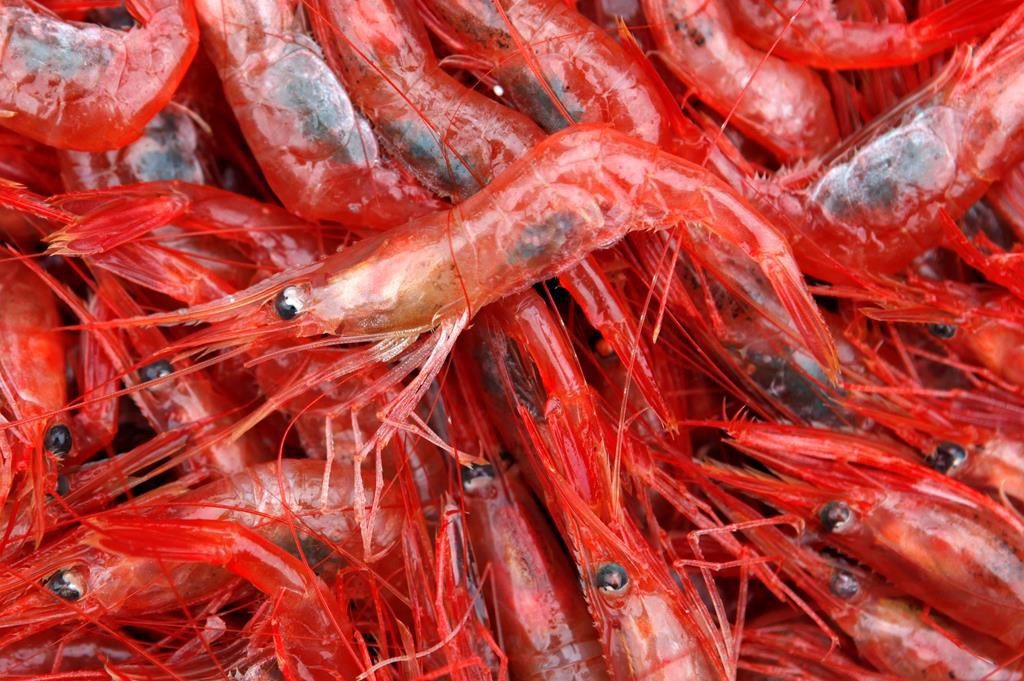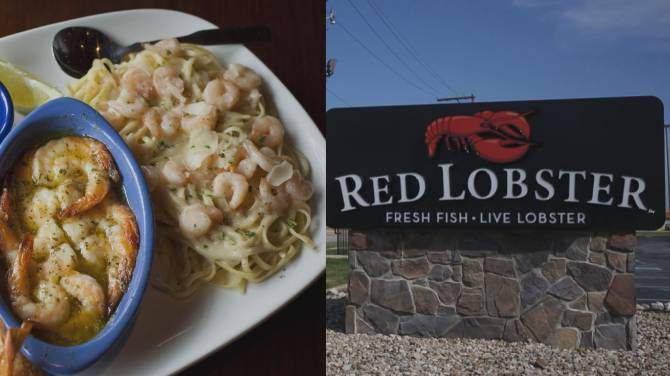For a long time, the northern shrimp caught in Quebec's part of the Gulf of St. Lawrence have been known as “crevettes de Matane,” named after the town where much of the province’s harvest has been processed since the 1960s.
With the closure of the town’s processing plant, there’s fear that not only the Matane shrimp are in trouble, but the entire Quebec shrimp fishery is at risk. Quebec's shrimp fishery as a whole is at risk. Patrice Element, director of the shrimp industry group Office des pêcheurs de crevette du Québec, said the closure isn't a surprise. Rising temperatures in the gulf have led to plummeting shrimp stocks and more favorable conditions for fish species that eat them.
Element said it’s more than a worry. It’s nearly certain that if the decline continues like last year, it's the end for the fishery, especially with unhelpful economic conditions.
Element said that there is some disappointment with the low quota, but fishers don’t argue with the data on warming. They’ve seen it with their own eyes and recorded it on thermometers.
The owners of the seafood processing plant in Matane announced its closure due to declining shrimp stocks, a lack of employees, and increasing financial challenges like high shore prices and low market prices.
The federal Department of Fisheries announced a decrease in the quota for northern shrimp stocks in the estuary and northern Gulf of St. Lawrence to 3,060 tonnes, compared to about 14,500 tonnes in 2023.
The quotas were about 35,000 tonnes as recently as 2015. What remains is enough for a handful of boats and crews, rather than the 80 or 90 that currently exist.
Marie-Julie Roux, a research scientist for the Fisheries Department, said temperatures near the sea floor, where the northern shrimp live, increased about 1.8 degrees over the 13-year period ending in 2022. That's significant for shrimp, which can’t regulate their own body temperature and were already at the southern edge of their range in the St. Lawrence.
Twenty years ago, shrimp were found throughout the gulf, “but now they’re becoming a lot more concentrated in small patches where conditions are still favorable for them,” said Marie-Julie Roux.
Given these changes, she said it’s likely the northern shrimp will become “commercially extinct” in the St. Lawrence, meaning it will continue to exist but in numbers too small to support a fishery.
The fishers have seen the increasing temperature with their own eyes and recorded it on thermometers.
“(The temperature) is increasing, it’s increasing rapidly and unfortunately it risks continuing to rise,” Element said.
The news of the plant closure was a blow to the 14,000-person town on Quebec’s Gaspé peninsula that once held an annual shrimp festival to celebrate its connection to the industry.
Eddy Métivier, the Mayor of Matane, expressed that the news is “a catastrophe” for the fishers and the plant’s employees. He also mentioned that the plant is a symbol of identity for Matane.
Métivier mentioned that while the industry’s problems are not new, the closure of the plant was unexpected because Royal Greenland had recently improved its facilities to expand into crab and lobster processing. They also built new housing for the approximately 150 temporary workers, mostly from Mexico, who work there every year.
He stated that the federal government’s decision to reintroduce visas for Mexican nationals came at a bad time when this year’s workers from Mexico were almost ready to travel. He blamed the lack of communication between the immigration and fisheries departments, which didn't leave enough time to adjust.
Jean-Paul Gagné, the general director of an association representing Quebec’s fishing industry, mentioned that fishers have had to adapt to changes in climate and water quality in recent years. However, he noted that not all species suffer in warmer water.
One positive sign is the increasing numbers of lobster in the gulf, as well as the reopening of the commercial redfish fishery for the first time since 1995. Redfish, which can survive in warmer temperatures, also prey on shrimp, he pointed out.
Gagné said that some harvesters and plants may be able to switch to different species, but this would require investment in equipment, skills, marketing, and possibly government assistance. He emphasized that there is no guarantee of success, especially considering that the newly abundant lobster might move on if the temperature continues to rise.
He stressed that there are significant decisions to be made, and it’s challenging for everyone.
Métivier expressed hope that a buyer will come forward for the closed Royal Greenland plant. He also mentioned the possibility of eventually branding products as “Matane lobster” or “Matane redfish” instead of Matane shrimp, once the visa issue is resolved.
This would require a company willing to invest. He pointed out that there is a lot of new equipment in the factory.




